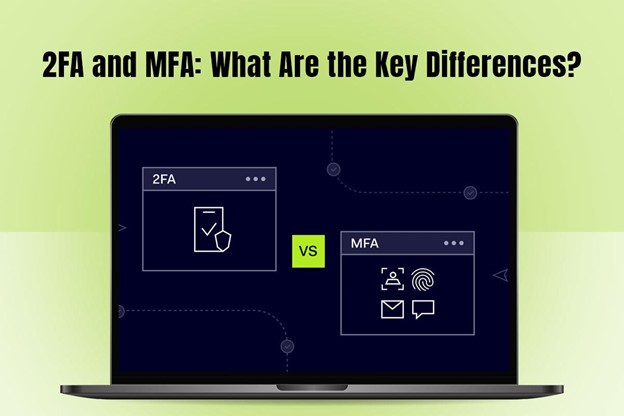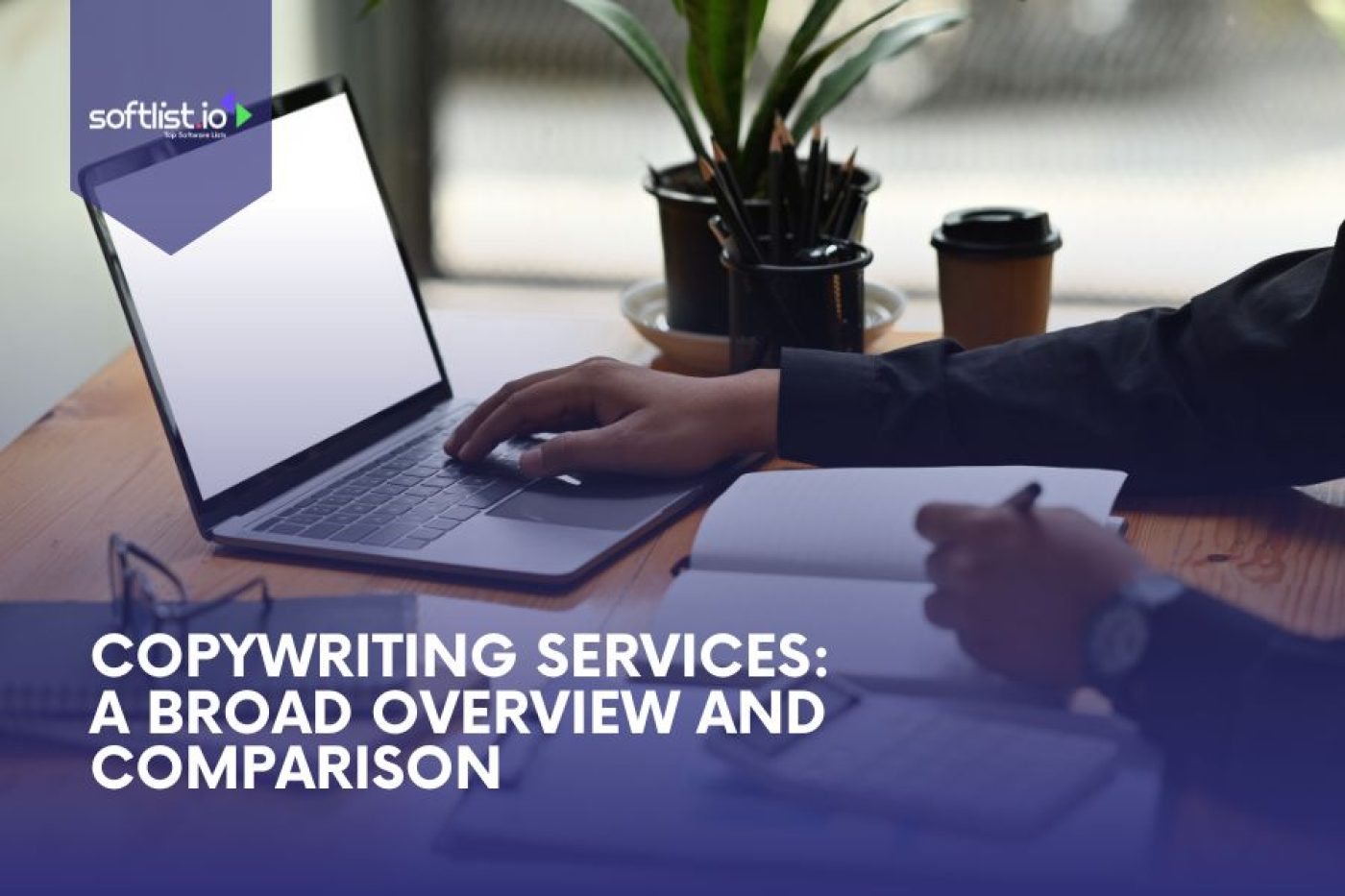In today’s ever-evolving digital world, the importance of robust security measures like 2FA and MFA is increasingly recognized as a top concern among people. Hence, you need to do whatever it takes to secure your online accounts. One of those ways is creating a unique and strong password, but no matter how unique the password is, there’s always someone smarter out there who can hack into your account.
But do you know there’s something better than just ensuring your password is unique and strong? Utilizing 2FA (two-factor authentication) and MFA (multi-factor authentication) to stay protected against unauthorized access.
Although they serve the same purpose, there are key differences between them. Knowing what they mean will guide you in making an informed decision about protecting your online presence.
What is The Meaning Of Authentication?
Before diving into the complexities of MFA and 2FA, it is essential to establish the foundation – authentication.
Authentication means verifying the claimed identity of the user during a login attempt. Typically, this relied on a single factor – a username and password.
However, passwords can be stolen, weak or phished. That’s what makes passwords vulnerable. This is where 2FA and MFA come to the rescue.
What is 2FA (Two-Factor Authentication)?

2FA adds a second or additional layer of security to the login process, and this is how it works:
- The first step is to enter your username and password as usual.
- The second step is to enter the one-time code sent to your phone number or email. This is the security key that will give you access to your account.
With these two-step security processes, you can significantly strengthen the security of your online accounts. Even if someone manages to steal your password, they will need the one-time passcode to gain access to your account.
It is not difficult to enable 2FA but you have to check whether the online account has such a provision. For instance, Twitter, Instagram, Amazon, and TikTok offer this option and you can enable it by going to the Settings or Privacy section of these apps.
What is MFA (Multi-Factor Authentication)?
MFA builds upon the concept of 2FA, but it is not reliant on two factors. It offers more flexibility and allows users a wider range of authentication methods. Some of the common factors of MFA are:
- You have to enter your password, PIN, and security questions.
- You have to enter a one-time password sent to your email or smartphone.
- You may also need to scan your fingerprint or face to log into your account.
MFA offers a broader security spectrum and is best for organizations and individuals seeking a much higher level of security.
How Do You Choose The Right Authentication Method?

Both MFA and 2FA offer security improvements over single-factor authentication. But the method that is ideal for you depends on the following factors:
- Security needs – Healthcare portals, financial institutions or other high-risk accounts warrant stronger authentication, such as MFA with facial recognition and biometrics. On the other hand, lower-risk accounts like eCommerce platforms or social media sites can benefit from 2FA.
- Convenience – It is paramount to balance security with user experience. The MFA methods are complicated and might deter users from enabling it. 2FA, on the other hand, offers a balance between convenience and user experience.
What Are The Common Use Cases For MFA And 2FA?
- Financial institutions like investment platforms and banks heavily rely on MFA to secure financial transactions and user accounts.
- Social media platforms benefit from 2FA and MFA. It safeguards users by protecting their online identities and personal information.
- Email providers allow users to enable 2FA or MFA, which helps people safeguard their emails.
Is it time to enable 2FA or MFA on your online accounts? Warning signs!
As already established, protecting your online information is critical. This is add an extra line of defense because passwords are vulnerable. But do you know when is the right time to go beyond just a password?
Here are some warning signs:
- When you are dealing with sensitive information (government services, financial documents, or healthcare information)
- When accessing accounts on multiple devices
- When you frequently use public Wi-Fi networks
What is the Future Of Authentication?
The reliance on passwords as the only authentication factor is waning. Industry insiders strongly predict that the future of authentication will be passwordless. Password-free authentication has already emerged as a leading trend and generally depends on protocols, such as public/private keys, FIDO2, and WebAuthN.
At present, 2FA and MFA offer a much more convenient and secure approach to logging into your online accounts. Compared to other authentication trends, this security offer a fine balance between convenience and security. However, concerns about data security and privacy continue to haunt users.
The future of authentication involves a combination of factors, such as hardware tokens, biometrics, and so on. It is expected that MFA will continue to evolve and adapt to new technologies. Recently, MFA has picked up steam, and the global MFA market is poised for explosive growth. It is expected to double its value by 2027.
Also, several industries and organizations are expected to make MFA a mandatory security requirement. Some examples of existing these compliance needs include the White House, NYDFS, and Federal Trade Commissions.
The Difference Between 2FA And MFA
| Features | 2FA | MFA |
| Number of factors | 2 | 2 or more |
| Types of factors | Password + one-time security code | Password + one-time password + facial recognition, biometric or iris scan |
| Strength of security | More secure than passwords | More secure than 2FA as it offers multiple security approaches |
| User convenience | Considered convenient as users only have to enter their password and a one-time security code | Considered less convenient because there are several types of security processes that users have to overcome to log into their account |
Summing Up
At the end of the day, it doesn’t matter whether you choose 2FA or MFA. It is important to enable multiple authentication on your accounts to ensure your personal information is protected. This is going to safeguard your digital life.
Which authentication method are you using? Share your experience in the comments below. If you have any additional doubts hopefully the FAQ section will clear them.
FAQs
1. Aren’t 2FA and MFA the same thing? What is the difference?
2FA (two-factor authentication) and MFA (multi-factor authentication) aim to protect user accounts and thwart the attempts of cybercriminals trying to break through single-factor security to steal data. While both add an extra layer of verification beyond just a password, there is a key distinction between them.
2FA requires two factors for authentication. The first factor is typically your password, and the second factor is a one-time code or PIN that will be sent to your phone number or email address. If the requirements of these two factors aren’t met, you cannot access your account.
MFA, on the other hand, is a broader term that encompasses 2FA but offers more flexibility. MFA requires two or more factors from various categories. The first factor you already know – your password. The second factor can be a one-time generated code or biometric authentication. MFA is only as secure as the authentication methods chosen. So, opting for an authentication relying on a password, one-time PIN and FaceID or fingerprint is much more secure than two passwords and a PIN.
2. Why should I use 2FA or MFA? Is creating a password not enough?
Passwords are vulnerable. Hacking attempts and data breaches have become increasingly common, and solely relying on your password can be extremely risky. It is critical to add an extra layer of security so your data, assets, and confidential information are safe in the digital world. This is where 2FA and MFA come in handy. Once 2FA or MFA is enabled, unauthorized access will be prevented even if your password is compromised.
3. Is 2FA better or MFA? Which option should I choose?
Both of them offer significant security improvements over passwords alone. However, MFA is generally considered stronger because it offers multiple levels of protection.
However, the best choice depends on specific situations. MFA is ideal for high-security accounts like healthcare and banking. 2FA offers a good balance between convenience and security for everyday accounts with lower risk, such as social media accounts or online shopping accounts.
4. What are the common factors used in MFA and 2FA?
The common factors used in 2FA and MFA are:
Something you know, such as a one-time password, a security question answer, or a PIN generated by an application.
Something you have, which includes a verification code or security key sent to your email or phone.
Something you are, which refers to biometric authentication like facial recognition, fingerprint scanning, or iris recognition.
5. How do I turn on 2FA or MFA on my online accounts?
Most websites, apps, or online services offer options to enable 2FA or MFA because they want to make you feel confident using their services. You will find this option within your account settings. The specific steps required to enable 2FA or MFA will depend on the platform. So, look for options like security settings or two-factor authentication on the app or website you are using, and then follow the on-screen instructions.







